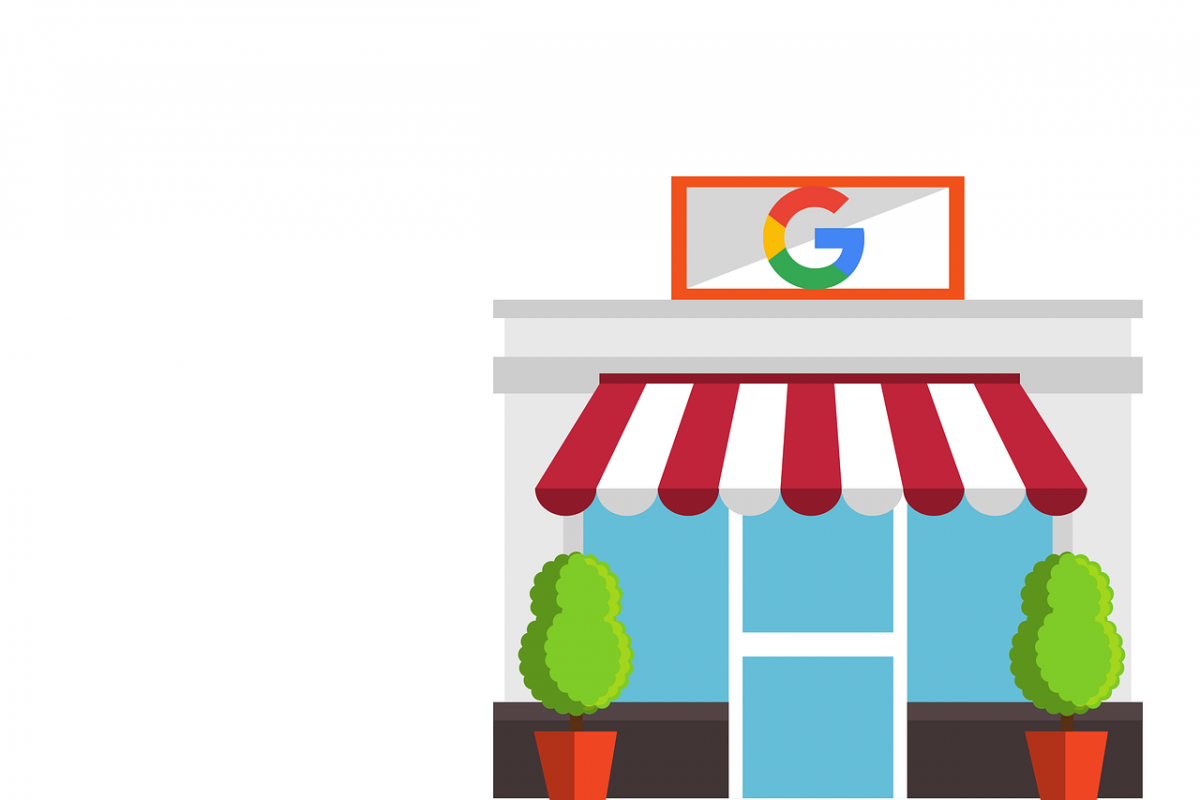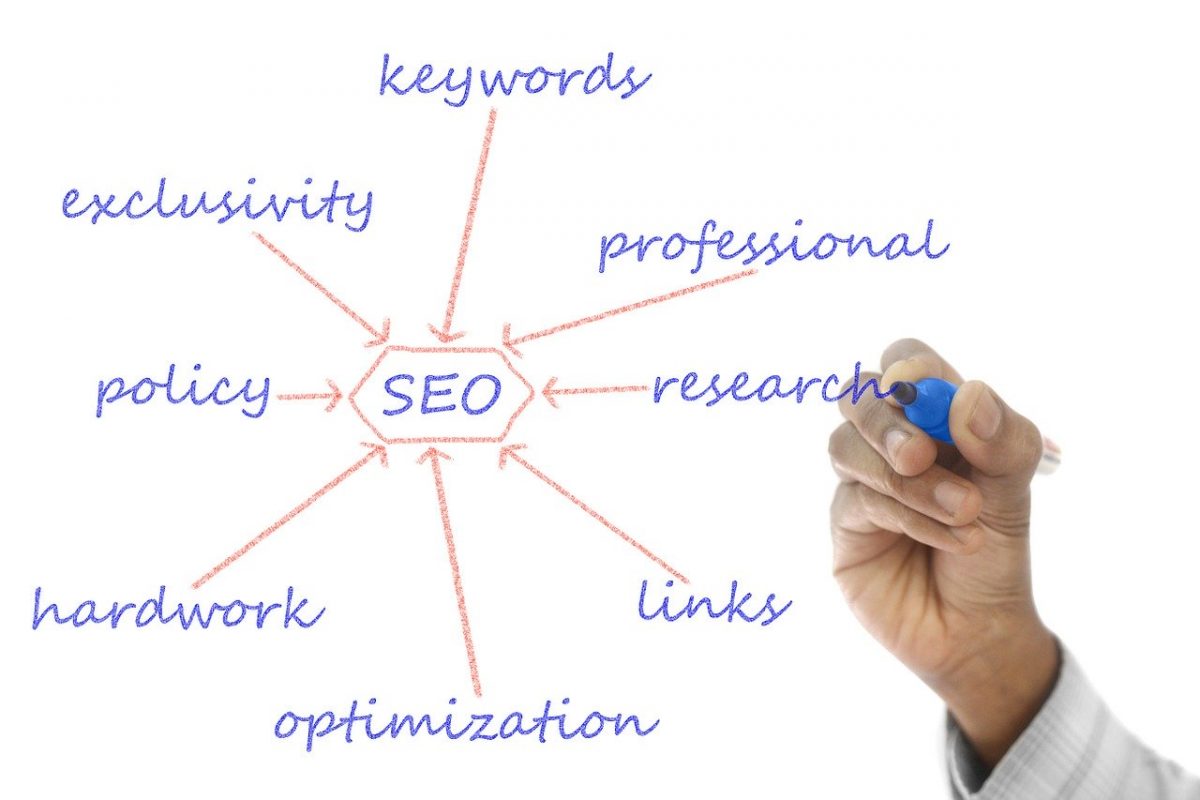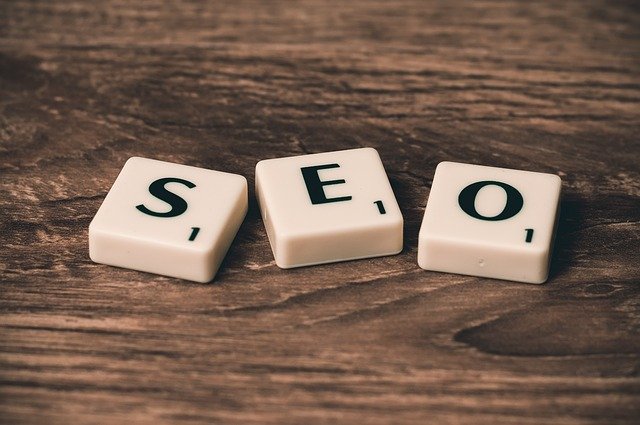As the old cliche goes, content is king. Careful, targeted content marketing is one of the pillars of success with every form of search engine optimization, including local. Leveraged in tandem with other local tools like Google My Business and Facebook, it can easily help you take your business to entirely new heights.
Generally speaking, where local content marketing is concerned, you have two options. On the one hand, you can simply write on topics you know your target audience is interested in, and add a few personal touches to them. Mention a local landmark, reference a recent event, talk about your own experiences in a city, or provide advice specifically geared towards people in your area.
For instance, let’s say you own a hardware supply shop and you’re writing a guide on tiling for a backyard patio. You might add a few recommendations based on your city’s weather and climate, recommend a local contractor, or suggest a local material wholesaler. The key here is to take a light touch.
As with keywords, you don’t want to bog down your content with too many local references. Not only can this make your copy cumbersome and difficult to read, in extreme cases it could potentially lead to you being penalized by Google’s algorithms. Just write as you ordinarily would, and sprinkle in a few references.
Your other option is to write content geared from the foundation for a local audience. This might include information on nearby activities and events, case studies or profiles of customers and business partners, or announcements about your business and its local activities. If you’re feeling stuck on content, you can use a tool like Google Trends to see what search terms are popular in your area and generate ideas from that.
In both cases, the same rules apply to local-oriented content as to any other content:
- Write well. Proper spelling and grammar are a must. We’d also advise steering away from any unnecessarily complex words.
- Make it easy to digest. Use a tool like Hemingway, and ensure anything you write is at a reading level of eighth grade or lower. Break up long walls of text with images or subheads. Keep things as concise as possible.
- Keep it relevant. Focus on what your audience wants. You’re trying to drive traffic and sales, sure. But you do so by serving their needs, not pushing your own.
- Do your research. Beyond keywords, you should also know what type of content is most frequently associated with your brand, including niche topics.
Where local search is concerned, content marketing is part of a unified whole. Social media, business listings, on-page SEO, and customer reviews work together with created content to act as the foundation of an effective marketing campaign. If you’re to truly master local search, you’ll need to master each one in turn.









